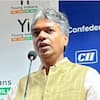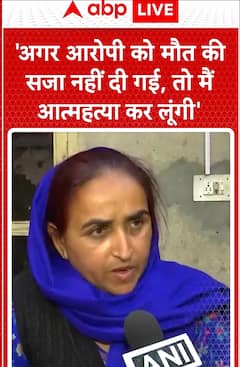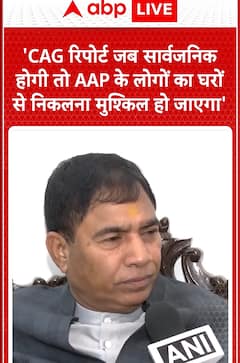Union Budget 2022: Healthcare Sector Awaits A Booster Dose
The healthcare sector demands increased expenditure, investment in innovation, and funds for the development of resources to strengthen the monitoring system of the public health system

New Delhi: As the Covid-19 pandemic continues to wreak havoc, the healthcare sector is expecting a rise in allocation in the Union Budget. As the Finance Minister Nirmala Sitharaman is scheduled to present the Budget on February 1, the medical industry and several trade chambers have made recommendations and urged the government to increase spending on health infrastructure.
Health has become the biggest priority for the Indians as the pandemic has exposed several loopholes in the system. To address the issue, the government has come up with various reforms.
The total allocation for public healthcare sector in India stood at 1.2 per cent of the gross domestic product (GDP), according to the Union Budget of 2021-22. FICCI and KPMG in its report on India’s healthcare system late last year said the country needs to raise public health spending to 2.5 - 3.5 per cent of the GDP.
FICCI has suggested some points to boost the public healthcare system.
Regulations and policy reforms: A single governing body and national mission for senior citizen welfare backed by a national portal for the elderly to place the power of choice in the hands of the consumer.
Financing of care: A mandatory/tax-incentivized health saving plan/scheme from early ages, private health insurance reforms to increase enrolment, and provide comprehensive cover for all the aspects of senior care.
Execution of Public Private Partnership (PPP) model: Identifying areas of for PPP models and a robust framework for PPP could help boost private sector investment, augment public capacity while improving efficiency and facilitate care.
Capacity building: Workforce and digital infrastructure capacity building to support a growing industry with skilled and trained manpower for provision of highest quality of care to all.
Tax subsidies: Tax impetus to providers and consumers of senior care services and products, the SCWF as a corpus for funding senior welfare and tax benefits to entrepreneurs and start-ups in the space to help development of the space
In its report, KPMG stressed that India’s public healthcare sector needs a complete revamp.
The shortfalls such as the required number of beds or the accessibility of advanced equipment that were highlighted during the worst-hit times of the pandemic are highlighting the need for a healthcare system that is ‘emergency-proof’ for such situations in the future. This is also aligned with government efforts to increase the number of hospital beds per thousand population and close the accessibility gap mainly in sub-urban and rural parts of the country.
The number of beds in India per 1,000 people is between 1 to 1.1 vis-à-vis 2.7 as the world average.
According to KPMG report, Dr Vinod Kumar Paul, member-health, NITI Aayog, said, “The care of the elderly is a very critical area. The issue of financial protection of seniors is a very important one and we must look at private insurance models that have worked in other countries. We must look at ways to incorporate senior care into our existing primary health systems.”
Brig. Dr Arvind Lal, chair- FICCI Swasth Bharat Task Force and executive chairman, Dr Lal Path Labs, said, “While India's economic position and healthcare ecosystem have significantly improved over the years, and our elderly population is still highly vulnerable to both communicable and non-communicable diseases.”
In its pre-Budget expectations survey Deloitte India has recommended tax holidays for rural hospitals with flexibility to select beneficial years and viability gap funding by the government for setting up hospital in tier-1 and tier-2 cities. Deloitte said this would make healthcare an attractive space for investment and strengthen healthcare infrastructure.
The Confederation of Indian Industry’s (CII) Pre-Budget Memorandum 2022-23 said the government should raise public investment in health to at least 2.5-3 per cent of the GDP by 2025 from 1.29 per cent and create REITs on healthcare which would invest in infrastructure. It also urged the government to create a medical innovation fund to support companies with the capital to promote digital healthcare infrastructure.
Medical experts have also made an appeal to the government asking to invest more into genetic and genome research, given the repeated occurrences of infectious diseases.
Trending News
Top Headlines












































